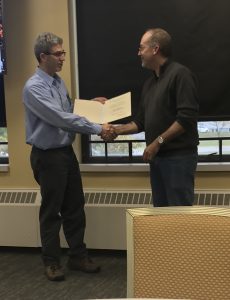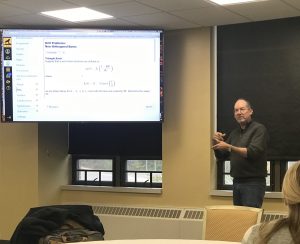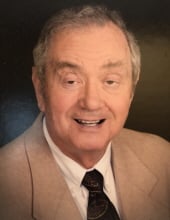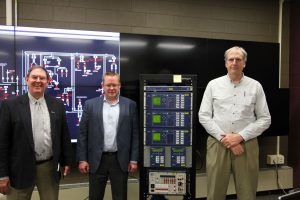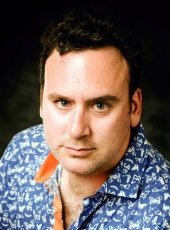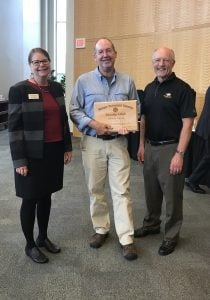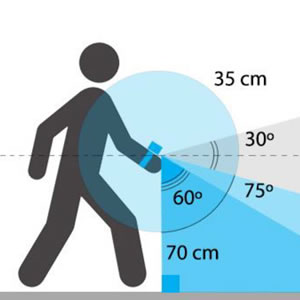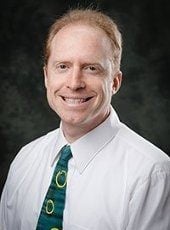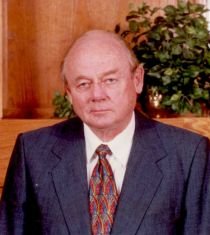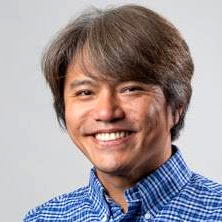
Chee-Wooi Ten (ECE/AIM) is the principal investigator on a project that has received a $99,732 research and development cooperative agreement with the University of California Riverside. The project is entitled, “Discovery of Signatures, Anomalies, and Precursors in Synchrophasor Data with Matrix Profile and Deep Recurrent Neural Networks.” This is a 17-month project.
By Sponsored Programs.
